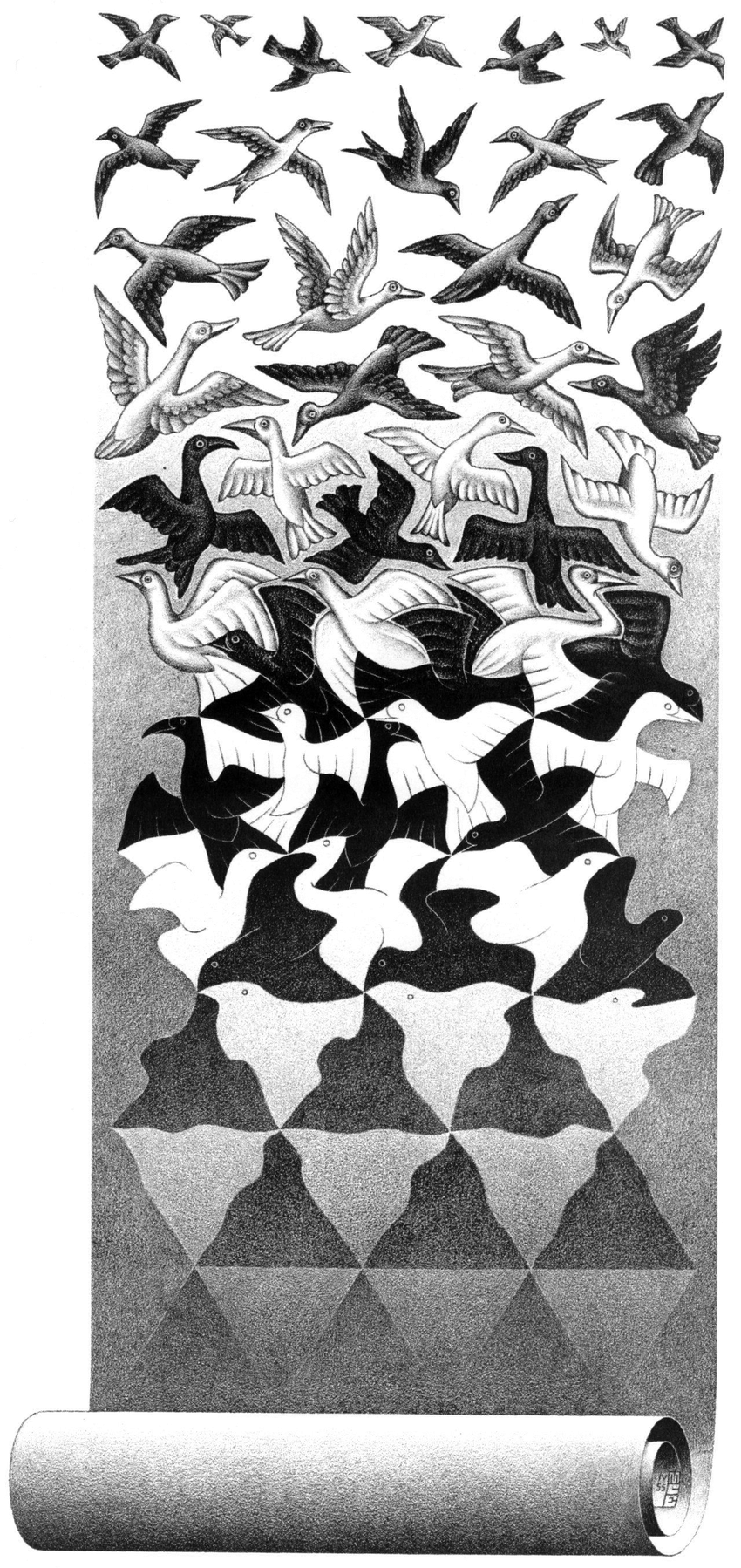The Switchboard blog is on hiatus! If you want to know more about what we think and what we’re up to, check out Hearken’s blog on Medium.
Why Your Alumni Community Platform Should Not Be a Directory
We get a lot of questions about what makes a good alumni community platform.
Many of the institutions we talk to have already tried one only for it to fail or sputter after a lengthy and expensive implementation process.
Not only have these institutions spent thousands of dollars and hundreds of hours of work on something that failed, they’ve also damaged their relationship with alumni who signed up for the platform because the alumni wasted their time, too. It’s bad all around.
One thing these failed platforms share in common is their approach to designing an alumni community: They center the user experience on a directory.
Warm data vs. cold data: Why we need to start listening to students' stories
“Cold data” is data as we know it: quantitative metrics that capture a single variable at a time, at a single point in time.
Grades. Retention. Giving rate. Net Promoter Score. And so on.
We use metrics like these all the time to keep track of how we are doing, how our institutions are doing, and how our constituents are doing. These metrics can be powerful! There’s no denying that.
But metrics like these have their limitations, too. Two big ones come to mind for me. First, these data are narrow in scope—they tell us one thing and lack context. Second, these data don’t tell us why—why did a student fail that class, why did they drop out, why didn’t they make a gift? These limitations are what make these data “cold.”
How Fordham University Improved Its Alumni Survey to Boost Participation by More Than 50%
We all recognize the value of alumni surveys. We also know they’re resource intensive and that we only get to do them every few years, so it’s important to get them right. Even the smallest design flaw might mean we lose responses from hundreds of alumni.
Sara Hunt Munoz, Senior Director for Strategic Initiatives in Fordham’s Office of Alumni Relations, recently shared her team’s experience with improving their alumni survey at the CASE District 2 conference. I recently spoke to her about her presentation and asked her to share her insight.
Want to Better Serve Students? Design With Empathy: Reflecting on ListenUp EDU 2019
Did the last conference you attended have a dance interlude? How about an artist in residence? A jazz musician? Was every session interdisciplinary and interactive?
I could go on, but rather than list all the things that set ListenUp EDU, the conference we hosted two weeks ago with Campus Sonar, I suggest you browse the #ListenUpEDU hashtag on Twitter and Instagram yourself.
ListenUp was about, well, listening—listening to students, to alumni, and to our teams in higher education in order to better serve our constituents and create change within our institutions.
If you’re interested in hearing about what’s in store for Listen Up 2020, sign up for the mailing list on the conference site and we’ll keep you posted. For the benefit of those who didn’t make it to ListenUp this year, I’ve tried to summarize the conference in four points.
What Alumni Relations and Career Services Have Accomplished Together at the University of Rochester
What does it actually look like?
What do we get out of it?
How do we make it happen?
These are the three central questions facing any attempt to break down walls between offices.
The barrier between alumni relations and career services is one of the most heavily scrutinized, but many alumni relations and career services teams still struggle to answer those three questions when considering a partnership or merger. Some institutions, though, have managed to answer them.
Michelle Marks-Hook, Volunteer Program Director at the University of Rochester’s Gwen M. Green Center, recently presented on the topic at the CASE District 2 Conference. I discussed her presentation with her beforehand to learn more about how the alumni relations and career services teams at the U of R are working together, what they get out of it, and how they made it happen. Here’s our conversation, lightly edited for clarity and continuity.





